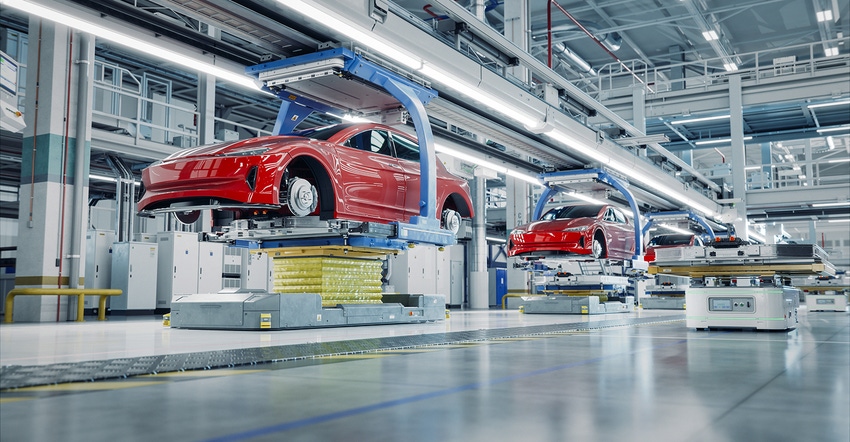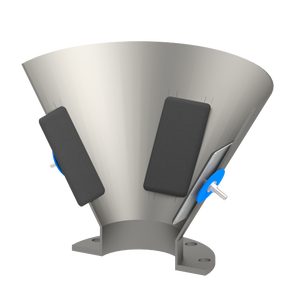Urgent Clarity Needed: Environmental Rules for EV Sector
Here are insights from Troutman Pepper's latest report on the urgent need for regulatory changes in the US electric vehicle (EV) sector.

As the electric vehicle (EV) sector expands, the need for clear and comprehensive environmental regulations becomes increasingly evident. While attention often focuses on the development of charging infrastructure, another critical aspect is establishing a robust supply chain for EV batteries and raw materials.
However, the regulatory framework governing environmental standards in this sector has yet to catch up with the rapid pace of development, posing significant challenges for EV manufacturers. In its latest report, Troutman Pepper, a US law firm, highlights the need for transformative changes to achieve EV goals in the US. The report sheds light on crucial steps needed to boost the EV sector.
Aligning regulations with incentives
One key challenge is aligning federal environmental regulations with incentives to promote domestic EV production. The federal government has introduced substantial incentives to boost EV manufacturing, emphasizing "made in America" components. This includes tax credits tied to the domestic production of batteries and critical materials. However, according to Troutman Pepper, existing environmental regulations have not been updated to facilitate these efforts, leading to confusion and delays in compliance.
The permitting process for battery gigafactories exemplifies the complex regulatory landscape. Building such facilities is costly and time-consuming, with numerous regulatory hurdles to overcome. Dan Anziska, Partner at Troutman Pepper, explains: “A lot needs to happen for EVs by 2026 to be widely adopted. That includes speeding up the permitting process for battery gigafactories and speeding up manufacturing facilities.” Delays in the permitting process hinder the timely establishment of domestic production plants, exacerbating supply chain challenges for EV manufacturers.
“A lot needs to happen for EVs by 2026 to be widely adopted. That includes speeding up the permitting process for battery gigafactories and speeding up manufacturing facilities.”—Dan Anziska, Partner at Troutman Pepper,
State-level variations in enforcement
Furthermore, the implementation of environmental regulations varies from state to state, further complicating matters for companies operating across multiple jurisdictions. While the federal government may provide overarching guidance, it is ultimately the responsibility of individual states to enforce these regulations, leading to inconsistencies in regulatory enforcement.
Andrea Wortzel, chair of Troutman Pepper’s Environmental and Natural Resources Group, agrees this is an issue. “While the federal government is pushing out new policies and regulatory guidance to aid in the permitting of battery manufacturing, it is the states that implement those programs. Some states are more cautious than others, and the application of environmental regulatory programs to the various aspects of EV battery manufacturing can vary significantly from state to state.”
Addressing battery recycling challenges
Another significant issue highlighted by the report is the recycling of EV batteries, which presents unique environmental concerns. While regulatory agencies such as the Environmental Protection Agency (EPA) have taken steps to address battery recycling, progress has been slow, and existing guidance may not adequately address evolving technologies and challenges.
Wortzel continues, “The biggest concern of EV battery recycling operations is the potential to trigger the need for a treatment, storage, and disposal facility permitting under the hazardous waste regulations in the Resource Conservation and Recovery Act. These permits are complicated to get and tend to generate public opposition. Recycling technology, such as wet and dry shredding operations, continues to evolve, meaning the EPA’s guidance is becoming outdated quickly.”
Additionally, The report explains that importing chemicals for battery production requires approval from regulatory agencies, adding another layer of complexity to the process. Uncertainty surrounding regulatory conditions and compliance requirements further hampers the development of a sustainable and efficient supply chain for EV batteries. Wortzel explained, “New battery materials require a premanufacture notice (PMN) and approval from the EPA under the Toxic Substance Control Act (TSCA). But while the EPA issued guidance in March 2023 regarding an integrated approach to the PMN process for mixed metal oxides, which are among the key components in battery manufacturing, there remains considerable uncertainty about the conditions the EPA might impose as part of its approval and how these could impact manufacturing operations.”
The EV sector requires a comprehensive and coherent regulatory framework to support its continued growth and sustainability. Federal regulators must work closely with industry stakeholders to streamline environmental regulations, provide clarity on compliance requirements, and address emerging challenges. Only through proactive regulatory measures can the EV industry in the US fulfill its potential as a critical component of the transition toward sustainable transportation.
About the Author(s)
You May Also Like





